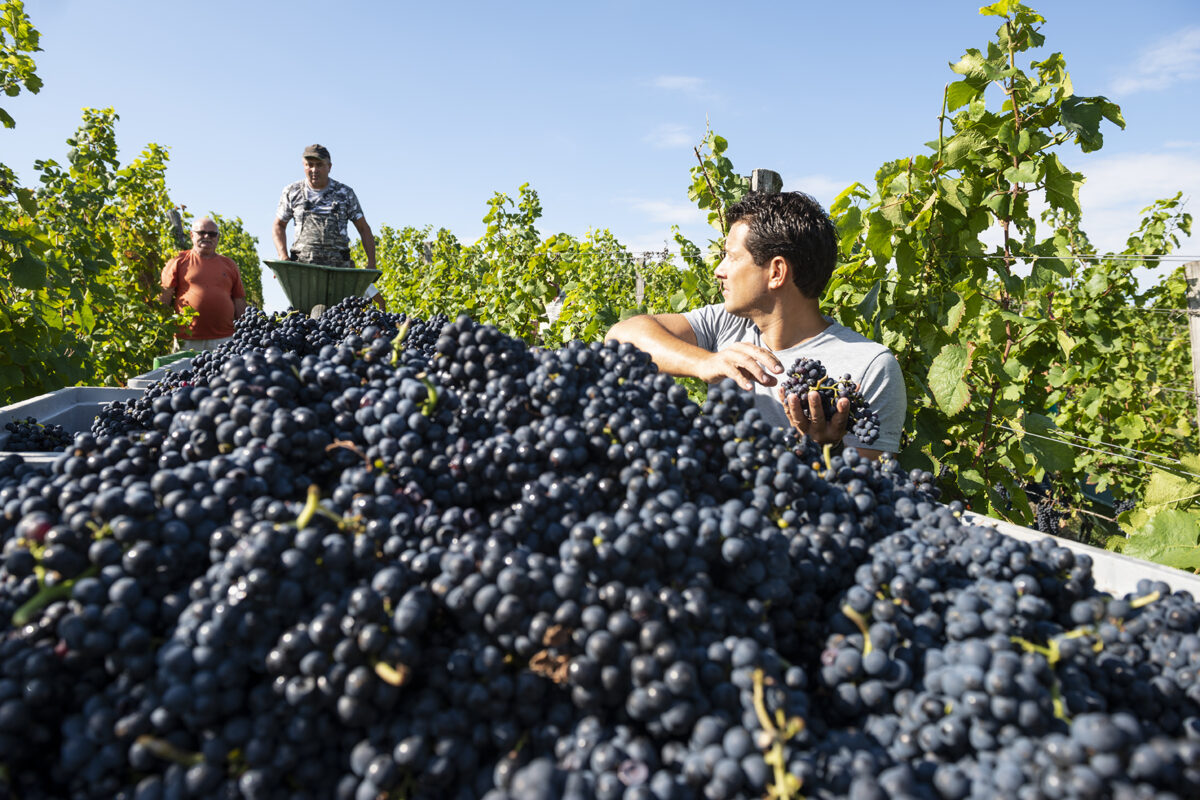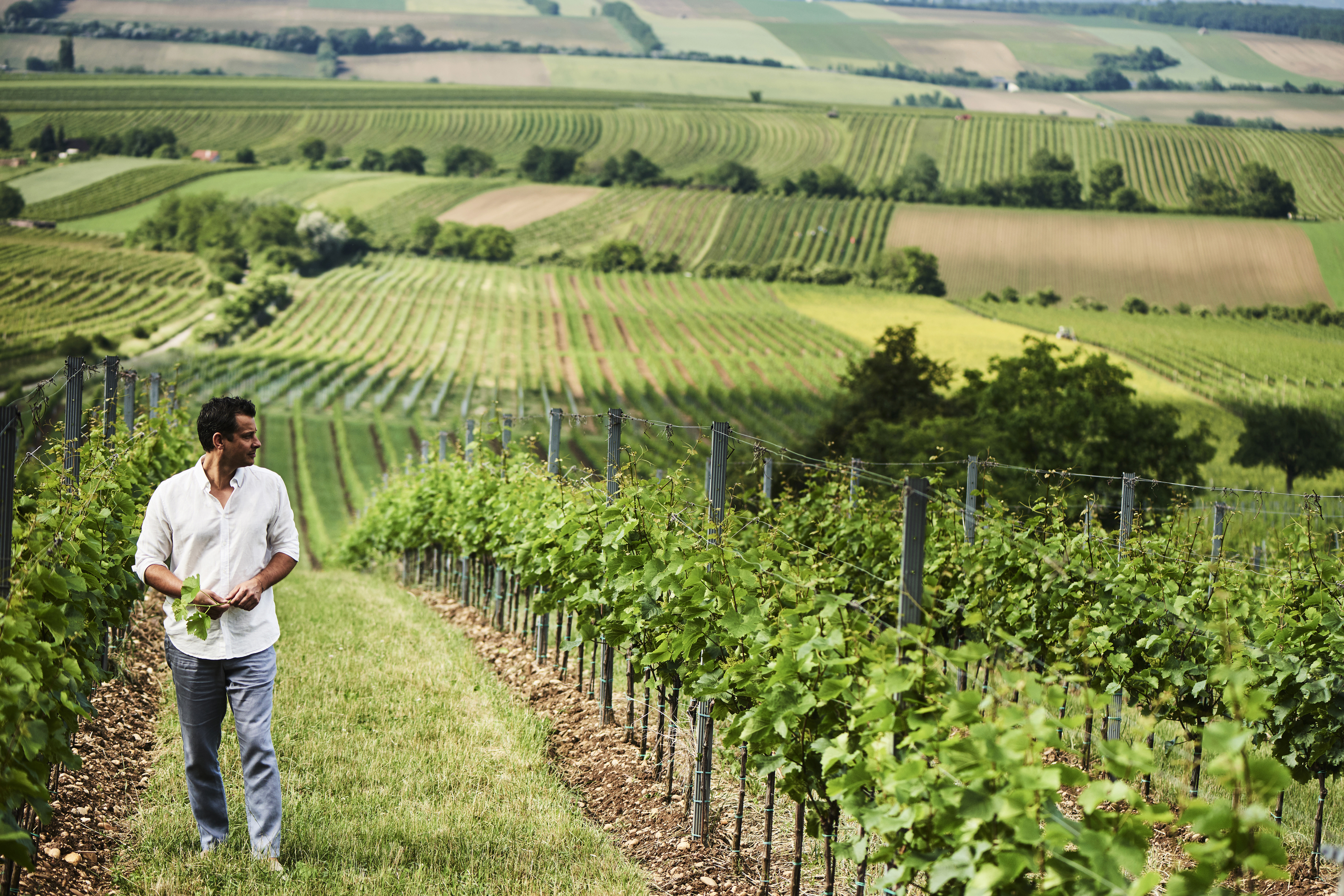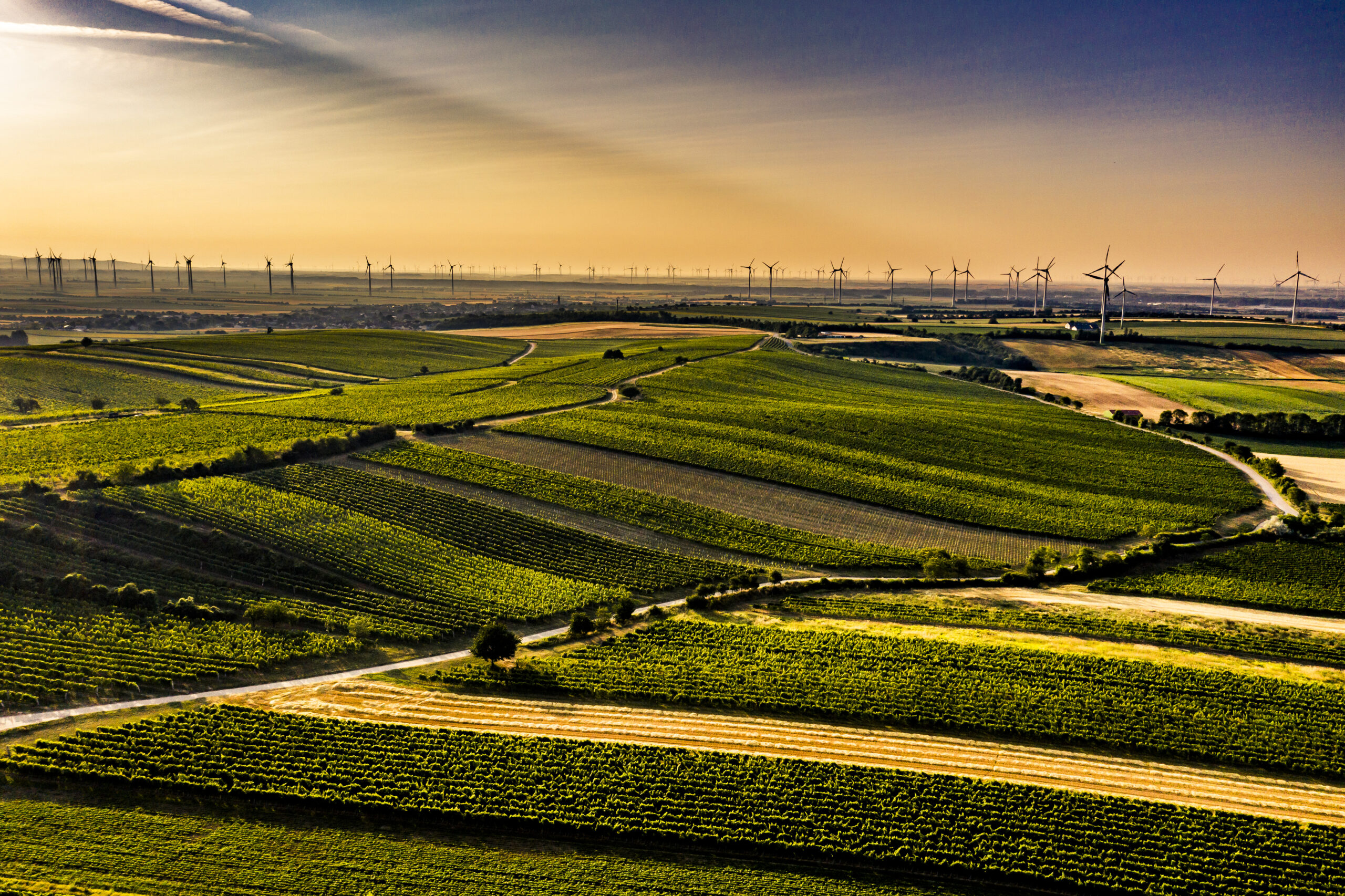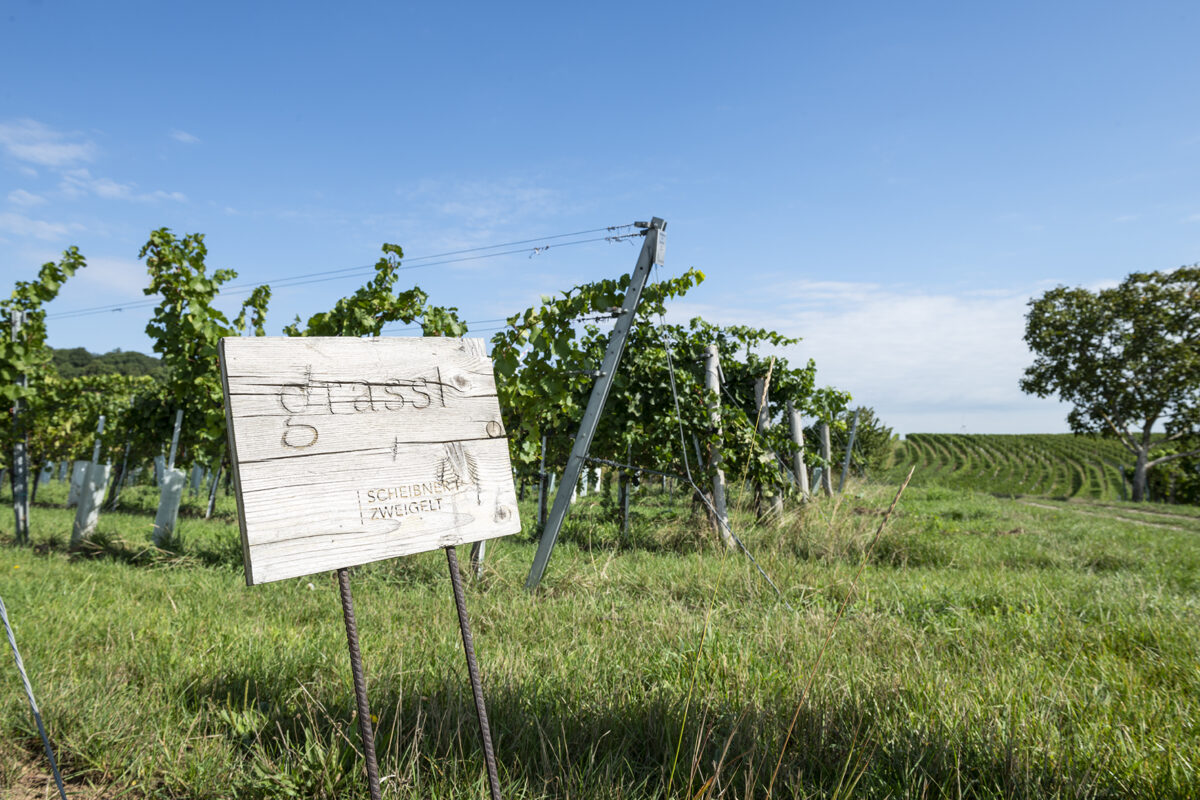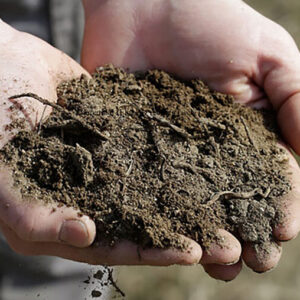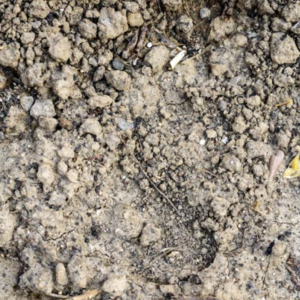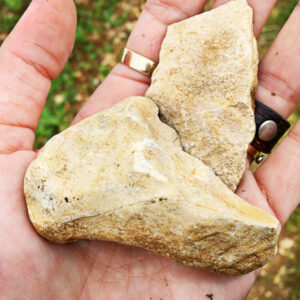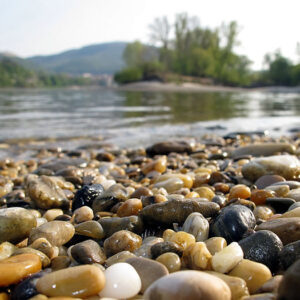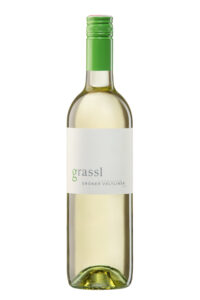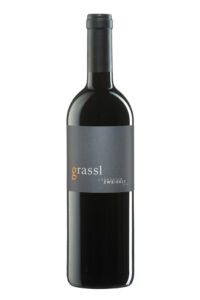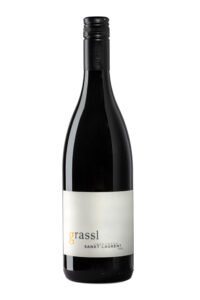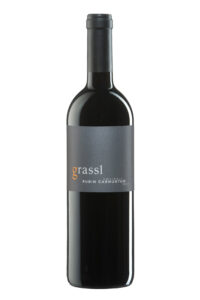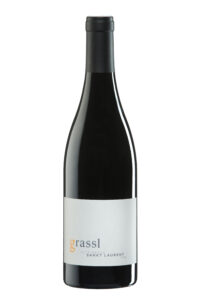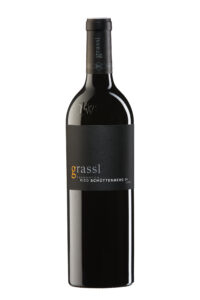 “Let the vineyard speak!” – Philipp Grassl
“Let the vineyard speak!” – Philipp Grassl
The sense of positivity exuding from Weingut Grassl and its young scion Philipp Grassl is apparent not only in their energetic, joyful wines but even on its website, whose About page opens with the boldface announcement, “Everything Will Be Fine.” More than an invitation to simply drink and enjoy the Grassl wines it seems to be an exhortation to relax and remain grateful for the things wine can bring us. And, finally, perhaps it’s a reminder to the locals themselves to forge on in a red-wine-dominated region set with the greater Austrian sea of white.
Grassl History
Since its origins in the 18th century, wine has always been a part of the Grassl family’s endeavors. The first recorded bottling occurred in the 1950s, though it wasn’t until the 1970s that wines of any quality emerged. However, it wasn’t until after 2006, when young Philipp Grassl took over, that the winery would ascend into the ranks of truly serious producers in the region. Considering Philipp’s general dedication and enthusiasm about wine, in fact, he initially did not want to become a winemaker. As Philipp came into the business delivering wine with his father to the small taverns and restaurants of Vienna in the early 1990s, winemakers “had a bad image,” he recalls. “Wine was cheap and people drank for volume, not quality”—an attitude indicative of Austrian wine’s humiliating fall after its big additive scandal of the late 1980s.
Philipp’s attitude changed while serving an internship in Sonoma County in 1997. In California, he saw both sides of winemaking—intensive, additive-heavy, industrial winemaking, but also cheerful, high-quality, boutique winemaking that he enjoyed. Back in Austria, he was also witnessing the turnaround, in which a new generation of winemakers had to pursue quality at previously unheard-of levels to dig the country’s reputation out of the chasm it had fallen into.
On both sides of the Atlantic, the trend toward handcrafted, original, terroir-driven wines made with low-intervention practices, inspired him to devote his life to wine and his family’s estate. Today, the estate remains family-run, with the Philipp’s parents still at the winery and a small enough team that everyone does a bit of everything. The family farms 27 hectares, focusing on Zweigelt, Blaufränkisch and St. Laurent.
Carnuntum History and Geography
The tiny region of Carnuntum lies as far east in Austria as one can go, stretching laterally from the eastern border with Slovakia to the outskirts of Vienna (just 40 minutes by car). It lies on the south bank of the Danube, beneath the Wienviertel. If a point of axis could be found on which the region could be spun like a top, it would be the area of Göttelsbrunn, where the Grassl family makes its wine.
Wine—and presumably red wine—has been a staple product of this region for over 2000 years, when the Romans established one of the largest and most important outposts of their Empire. Today a sprawling archaeological site, Carnuntum held crucial strategic importance for its founders. It was a military stronghold, a major border defense post, and a significant crossroads for trade and communication that enabled the Romans to project power, maintain control over the empire’s northern and eastern frontiers, manage booming trade networks with the East, and ensure the stability of the empire.
The region was not only a crossroads for Romans. Over the millennia, ancient geologic forces have also had their sway—from the limestone of inland seas to gravel swept by glacial advances and retreats, and a river basin that has deposited sand, loam, clay, and loess. Clay loams, loess, and gravels give texture and weight to the reds, while limestone content brings tension.
Carnuntum’s moderate continental climate—hot summers and frigid winters—benefits the red grape varieties, ensuring full ripeness by the end of summer and allowing the vines to relax into restful dormancy during winter. Warm winds from the Pannonian Plains to the east keep things dry and warm, while extremes of temperature are moderated by the influence of the Danube—all contributing to the slow and gradual ripening that deepens flavors and polishes tannins.
Farming and Vineyards
Grassl’s vineyard philosophy is simple and direct: Let the vineyard speak, as Philipp puts it. Bolstering this effort is a full shift in 2015 to organic farming, which is now certified. Since 2019, biodynamic techniques have entered the toolbox, as Philipp appreciates the holistic view of looking at a vineyard. To that end, they’re working with some biodynamic preparations and producing compost. Biodynamic certification is possible down the road, but for now, the idea is to slowly ease into these practices and gauge the results in terms of vineyard health and impact on the wines.
Grassl vineyards are dry-farmed and employ cover crops like legumes and clover to deliver nitrogen to the soil’s organic matter and protect the soil from both sun exposure and erosion. Soils vary greatly between vineyards, as “the whole region has always been in motion due to the impact of ice ages, the Danube, and the evolution of the mountains,” says Grassl, who finds the diversity driven by the Alsace-like mosaic of soils endlessly compelling.
Zweigelt and St. Laurent vines are planted with both clones and vassal selections, the latter largely taken from the winery’s old vines planted in 1961. These vines still produce some of Grassl’s single-parcel wines. Vines are trellised in Guyot with cane and spur pruning to the tune of around 5000 vines per hectare, depending on the site with an average yield in the range of 35 hectoliters per hectare. All fruit is hand-harvested.
In the Cellar
Unsurprisingly, Philipp’s approach in the cellar mirrors his philosophy in the vineyard—maximum low intervention, as he says. The focus is entirely on pure fruit: No yeast, bacteria, enzymes, or fining are employed. A tiny amount of sulfur is used for protection but applied as minimally as possible. Only easier drinking, fruit-driven wines are filtered and then only slightly to preserve freshness.
All wines are spontaneously fermented and then, depending on the wine, will go into wood, steel, amphora, or large cask for fermentation. Temperatures are controlled during fermentation, allowed to reach up to 22-23º C to stabilize fruit flavors and quash overtly fermentative aromas. The amount of malolactic fermentation varies from vintage to vintage—in warmer years it may be suppressed by post-fermentation cooling, but the malolactic profile is generally determined through blending of various lots.
